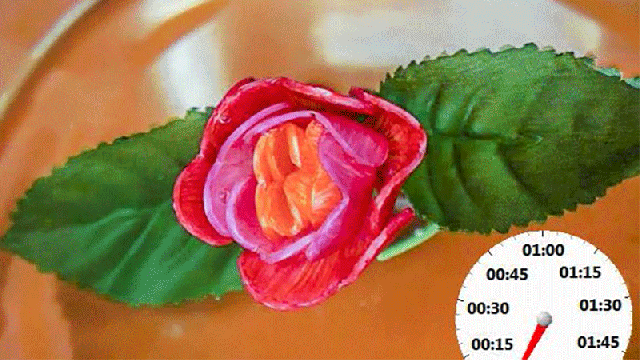Scientists have been working on materials that change shape for a while now. But as New Scientist points out, these metamorphoses usually require external stimuli to get going — until now. New research published in Nature Communications shows that some non-living substances can be made to transform all on their own.
The secret to these remarkably lifelike polymers is that they employ two different kinds of bonds — some don’t move at all while others break and rearrange themselves. This allows for variability in the shape, as well as the speed at which it morphs. And the transformations can either be one-way or fully reversible!
This flower is the most complex of the polymer creations the team of researchers made, and they had to employ a few tricks to make it look so lifelike. Rather than create a single convoluted structure, each petal was programmed individually to maintain the illusion of legitimate plant growth. The whole thing was also given a coating that dissolved in water, which acted as a sort of time release.
Who cares about a self-blooming plastic flower? The applications for this technology go well beyond fancy tricks. Mainly the shape-changing polymers are being considered for biomedical applications, like implants that would start off small when inserted and expand to their true size once inside a patient. Scientists working on the project are even finding workarounds to allow the polymer transformation to pause, accelerate or decelerate.
